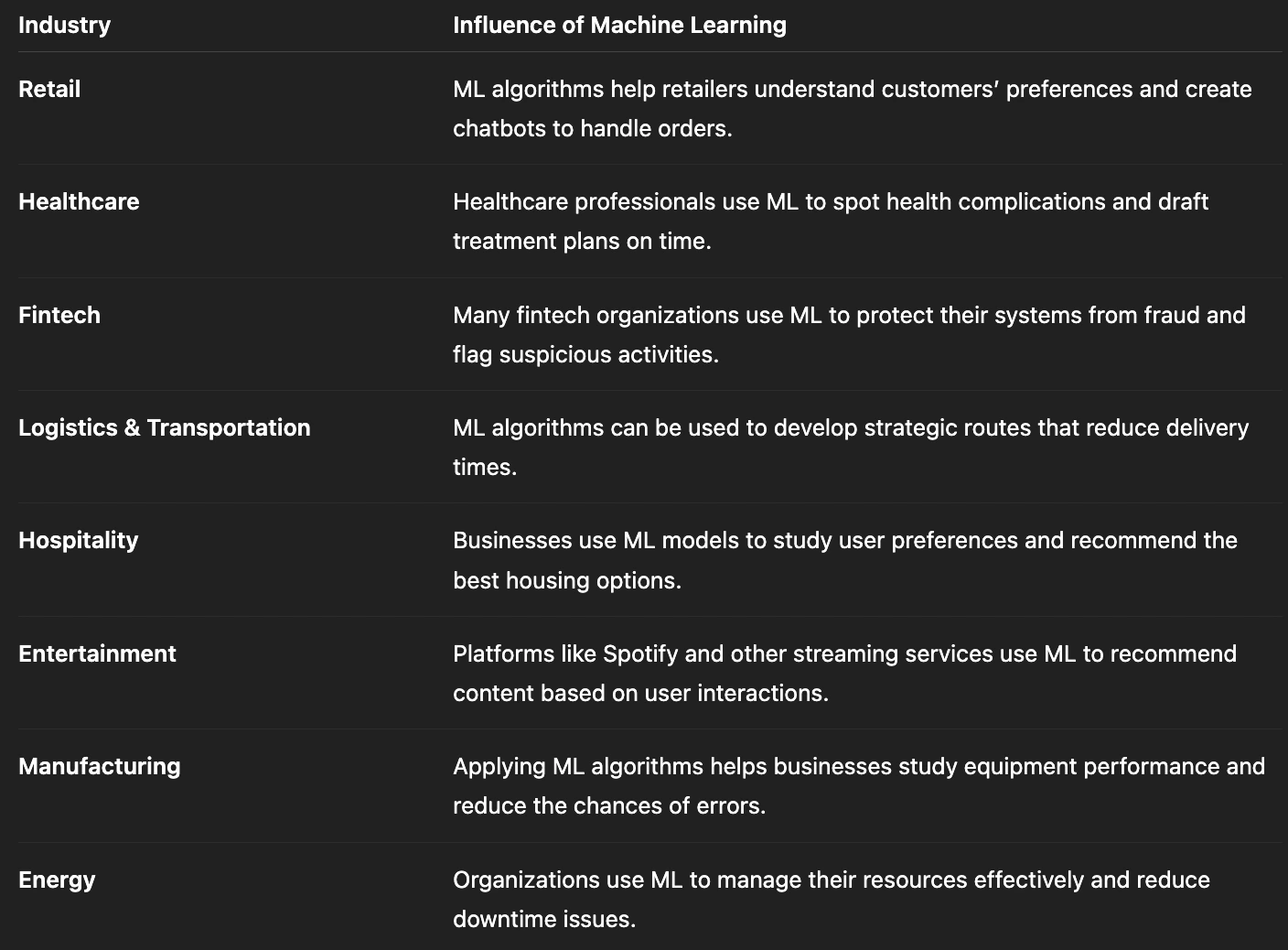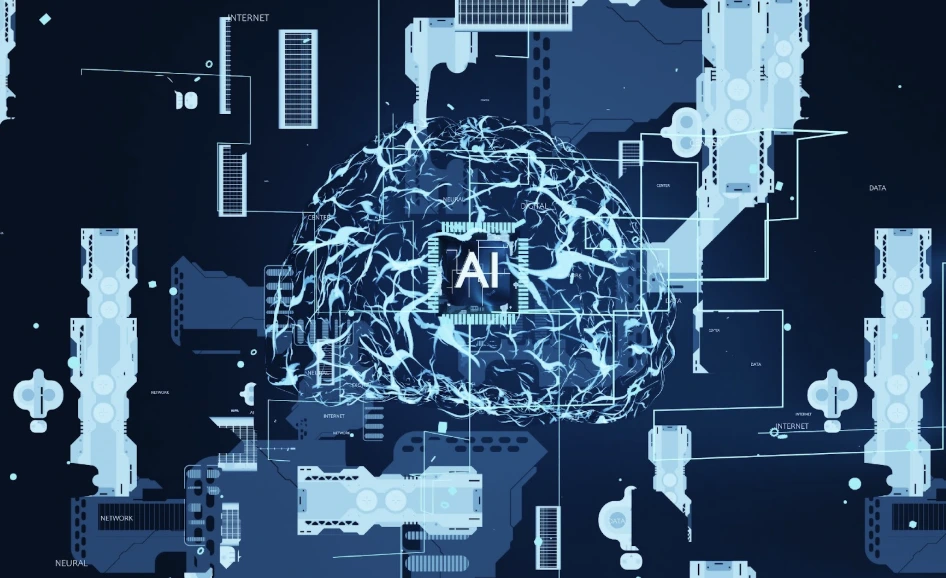Machine learning (ML) has evolved beyond writing complex code and sifting through large datasets. ML engineers now implement smart algorithms to ease day-to-day tasks and enhance business operations. The impact of these shifts is evident in several industries, creating endless possibilities for everyone.
So, how are machine learning concepts becoming more popular in 2025? This article will shed light on the major machine learning shifts that are happening this year.
Where Machine Learning Stands Today
Machine learning is part of how we live and work every day. There is nothing you do online or on your phone that doesn’t revolve around this innovation. For instance, suppose you just want to stream a movie on a platform. ML is behind the recommended shows you see on streaming apps/services. It is also the master key behind the fraud alerts from our banks and even the routes we take when using maps.
Companies utilize it to make quicker decisions, reduce costs, and stay ahead of the competition. Scientists use it to speed up medical research, fight climate change, and even explore space. The influence of ML is only getting stronger as it becomes more rooted in our daily routines.
Main Shifts in Machine Learning for 2025
Machine learning has always been a pivotal force, especially in AI and data science. And this year, it crosses an impressive milestone as there are more use cases for ML models.
This widespread adoption has catapulted the machine learning market value to over CAD 40 billion, and it is expected to continue growing. Below are some of the main shifts that are happening in machine learning in 2025:
Increased Focus on Generative AI
One way or another, you must’ve interacted with a generative AI model like ChatGPT, Gemini, or any other to complete simple tasks and generate written content. But these models are moving beyond generating written text to producing media such as audio, music, and video from textual prompts.
Democratization of ML Tools
Machine learning is no longer a far-fetched concept meant only for engineers and technical specialists. ML tools have become more accessible through no-code software to everyone, even without in-depth technical knowledge. These platforms are intuitive and come with prebuilt templates that allow users to build simple models and streamline workflows.
Ethical AI and Regulation
It is no news that machine learning algorithms are becoming more accepted across different industries. However, there are ethical concerns about transparency and responsible use. This has led to the implementation of stricter rules that guide people’s usage. It also ensures that ML models break down the process behind every prediction.
Edge AI and Real-Time Processing
Even though the digital world is growing at an incredible pace, some systems still rely on traditional tools to process data in real-time, putting them at a disadvantage — that’s where Edge AI comes in. It saves time by processing and storing large data sets close to their source. This reduces latency, improves privacy, and aids faster decision-making.
Integration With Robotics and Automation
Machine learning algorithms are now incorporated into robotics and automated systems to improve workflow across all sectors. No wonder individuals and organizations are incorporating these smart algorithms into their systems to generate variables faster.
Transitioning to Smaller Language Models
Machine learning tools, such as generative AI, used to rely on large language models (LLMs) to make predictions in real-time. However, these models consume extensive energy and are largely restricted, especially when it comes to getting new information. As a result, many organizations are shifting to smaller language models (SLMs) that consume fewer resources and provide more accurate predictions.
Reinforcement Learning for Making Decisions
Reinforcement learning (RL) has been one of the leading trends in machine learning for years. Its ability to interact with different environments to gain insights has now made it a go-to for organizations to help them make accurate decisions. Some people even use human feedback to train RL models, allowing them to handle complex tasks without errors.
How ML Trends Influence Modern Industries
Machine learning trends are shaping major industries across the world in several ways. This goes from enhancing workflow to providing smarter solutions to simplifying routes. No wonder its market value is projected to grow by more than 400% before 2030. The table below reveals some of the key industries influenced by machine learning trends:

Machine Learning in Online Casinos
Machine learning is also adopted in the online gambling space. Machine learning is used to shape how players interact with platforms. It is used to detect fraudulent activity and create more personalized gaming experiences.
The impact of this innovation also extends to how players deposit and withdraw funds at a gambling site. So, platforms like Pay N Play casino sites are using AI-powered systems to make transactions faster and safer for players.
Ultimately, it is safe to say these technologies give casinos the tools to balance entertainment with safety. This helps them create a fairer and more engaging experience for everyone.
Conclusion — The Future of Machine Learning
The current machine learning landscape and market value signify vast potential in the coming years. Machine learning models are already shaping industries in many ways. They enhance organizational operations and aid decision-making processes. And the best part is that these ML models are becoming more accessible to businesses and individuals, even those with little technical knowledge.
However, machine learning trends are shifting even further to automate effective processes. The key takeaway is that machine learning is no longer just shaping technology. It’s reshaping society itself.

